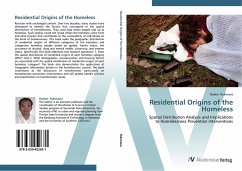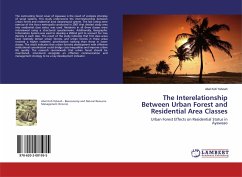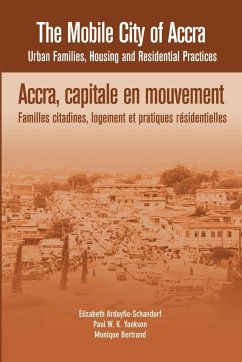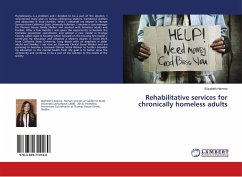
Residential Origins of the Homeless
Spatial Distribution Analysis and Implications to Homelessness Prevention Interventions
Versandkostenfrei!
Versandfertig in 1-2 Wochen
52,99 €
inkl. MwSt.

PAYBACK Punkte
26 °P sammeln!
Revision with unchanged content. Over two decades, many studies have attempted to identify the factors that correspond to the spatial distribution of homelessness. They used data where people end up as homeless. Such studies could not reveal where the homeless come from and what process that contributes to the vulnerability of individuals on the brink of homelessness. This book seeks the geographic distribution of residential origins of different categories of the homeless and categorizes homeless people based on gender, family status, the occurence of alcohol, drug and mental health, chronici...
Revision with unchanged content. Over two decades, many studies have attempted to identify the factors that correspond to the spatial distribution of homelessness. They used data where people end up as homeless. Such studies could not reveal where the homeless come from and what process that contributes to the vulnerability of individuals on the brink of homelessness. This book seeks the geographic distribution of residential origins of different categories of the homeless and categorizes homeless people based on gender, family status, the occurence of alcohol, drug and mental health, chronicity, and veteran status. Specifically, this book addresses two research questions: 1. Does the spatial distribution of residential origins of each homeless category differ? And 2. What demographic, socioeconomic and housing factors are associated with the spatial distribution of residential origins of each homeless category? The book also demonstrates the application of Geographic InformationSystem in the homelessness context. The book contributes to the discussion of homelessness particularly on homelessness prevention interventions and will greatly benefit scholars and practitioners on homelessness issues.












